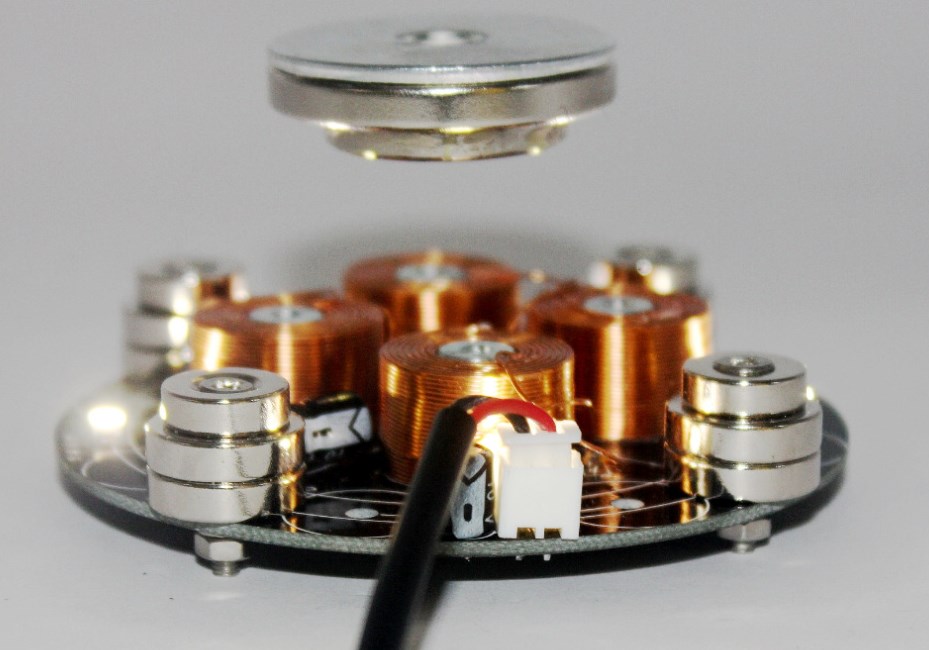Magnetism in Motion: The Versatility of Magnetic Modules
In a world driven by technological innovation, the role of magnets has transcended the simple attraction between two objects. With the advent of magnetic modules, the boundaries of what magnets can achieve have expanded exponentially. These modular marvels are changing the way we interact with technology, enabling a diverse range of applications across industries and opening doors to new possibilities.

Understanding Magnetic Modules
At its core, a magnetic module is a self-contained unit that integrates magnets with other components, such as sensors, actuators, or electronics. These modules are designed to harness the unique properties of magnetism to achieve specific functionalities. By combining different elements within a single package, magnetic modules provide a streamlined solution that can be easily integrated into various devices and systems.
Unveiling Versatility
The true beauty of magnetic modules lies in their remarkable versatility. From the smallest consumer gadgets to complex industrial machinery, these modules offer functionalities that span a wide spectrum of applications:
- Sensing and Detection: Magnetic modules equipped with sensors can detect changes in magnetic fields, enabling applications in proximity sensing, position detection, and speed monitoring. This is particularly useful in industries such as automotive, robotics, and home automation.
- Actuation and Movement: By capitalizing on the attractive and repulsive forces of magnets, these modules can be used for precise control and actuation. From opening and closing doors to controlling valves in fluid systems, magnetic modules bring motion to life.
- Data Storage and Security: Magnetic modules play a crucial role in data storage technologies like hard drives and magnetic stripe cards. Additionally, they contribute to security applications, such as magnetic locks and access control systems.
- Healthcare and Biotechnology: Magnetic modules find applications in medical devices, such as magnetic resonance imaging (MRI) machines and drug delivery systems. The controlled movement of magnetic particles can be used for targeted drug delivery within the body.
- Energy Generation: In renewable energy, magnetic modules are used in the construction of generators and turbines, converting kinetic energy into electrical energy through the interaction of magnetic fields.
- Entertainment and Consumer Electronics: Magnetic modules are behind the smooth haptic feedback in modern touchscreens and the seamless closing of smartphone covers. They also drive the precision movement in speakers, enhancing audio quality.
Innovation through Integration
The integration of magnetic modules into various devices and systems highlights their ability to simplify complex processes. Manufacturers benefit from reduced development time and costs, as the integration of pre-designed modules eliminates the need to reinvent the wheel for every application. This accelerates innovation, enabling engineers to focus on optimizing the overall functionality of their products.
Future Prospects
As technology continues to evolve, the versatility of magnetic modules will only become more prominent. Emerging fields like wearable technology, Internet of Things (IoT), and advanced robotics are set to benefit greatly from the modular nature of magnetic components. This adaptability ensures that magnetic modules will remain at the forefront of innovation for years to come.
Conclusion
“Magnetism in Motion” aptly describes the transformative influence of magnetic modules. These compact, powerful units have revolutionized the way we approach technology, allowing us to harness the power of magnetism in previously unimaginable ways. From improving our daily lives to driving industrial progress, the versatility of magnetic modules has truly set a new standard for innovation and functionality.